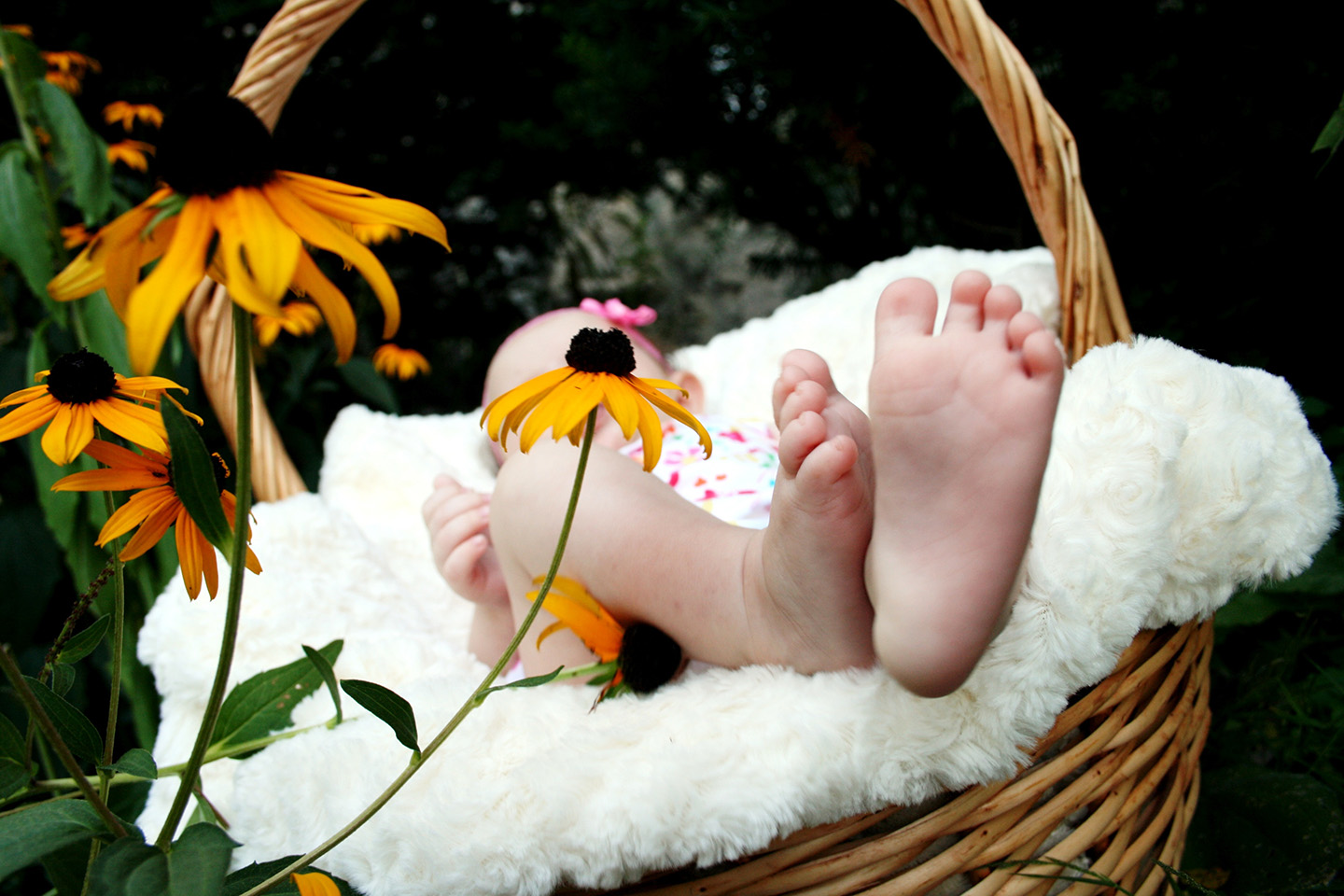
Allison Gopnik, PhD, is a rigorous scientist of child learning and development. She is a philosopher who has a knack for explaining complicated concepts in simple ways. Dr. Gopnik is also a grandmother who writes with a strong appreciation for the role of grandparents, particularly grandmothers. She says, “…human beings are, most of all, a cultural species. Our long human childhood allows us to be especially attuned to culture…Grandmothers and grandfathers provide a rich trove of cultural information.”
The book’s title points to how the author understands the role of a parent. Dr. Gopnik doesn’t believe it is a “goal-directed enterprise aimed at shaping a child into a particular kind of adult” the way a carpenter might follow a blueprint to build a cabinet. She believes the metaphor of making a garden is a better way of understanding being a parent. She states, “It’s about providing a rich, stable, safe environment that allows many different kinds of flowers to bloom. It’s about …a robust, flexible ecosystem that lets children themselves create many varied, unpredictable kinds of adult futures.”
The author writes clearly, compassionately, and wisely. If you love brief summaries of cutting edge child development research and really interesting facts about how children learn, you will love this book. If you are interested in philosophical concepts explained in understandable ways, you will find this book fascinating. You will gain an enhanced overview of child development and learning research. And you will gain general guidance based on solid research about parenting your children. You will not gain specific guidelines on parenting approaches, which would go against the premise of the book.
The following discussion of attachment beautifully illustrates her extreme sensitivity and warm humanity.
Dr. Gopnik explains that,
‘Attachment’ is the psychologist’s name for ‘love,’ and attachment researchers study how babies feel about their caretakers—particularly how they feel about [the caretaker’s] love.’ She explains “’secure’ babies are unhappy when their mothers leave and joyful when they return. ‘Avoidant’ babies, in contrast, look away when their mother leaves, and continue to actively avoid looking at her even when she returns. They act as if they simply don’t care. But, Gopnik reports, in one of the saddest findings in all of psychology, it turns out they when you measure the avoidant babies’ heart rates, you discover they are actually terribly upset—they have just learned to hide how they feel.
In the author’s discussion of Theory of Mind, she says that “figuring out what’s going on in other people’s minds—the desires, perceptions, emotions and beliefs of other people—is the most important kind of learning people ever do.” She adds that the period from eighteen months to five years is the most critical time for children to “learn that different people may want and believe different things. ” Dr. Gopnik points out that “children who pretend more have a distinct advantage in understanding other people” and this advantage may be extended “for children who have imaginary companions.” She reports 66% of US preschoolers have imaginary companions.
This reviewer truly enjoyed this book. As a parent educator I disagree with her assumption that specific parenting guidance is not needed nor useful. But this reviewer really appreciates the author’s amazing breadth of knowledge, her sensitivity, her deep appreciation of grandparents and her belief that being a parent is about a “specific human relationship, a committed, unconditional love, between a specific parent and a specific child.”
Looking for More Support?
Questions? Email us at solutions@peaceathomeparenting.com
And now for the shameless plug…
Don’t have a Peace at Home Parenting Portal? Let’s fix that. Ask your company, school, or favorite neighborhood group to join us. We’ve got Corporate, K-12 School, and Family Service programs that bring calm to the chaos—no yoga mat required. Click here to join as an individual or family.